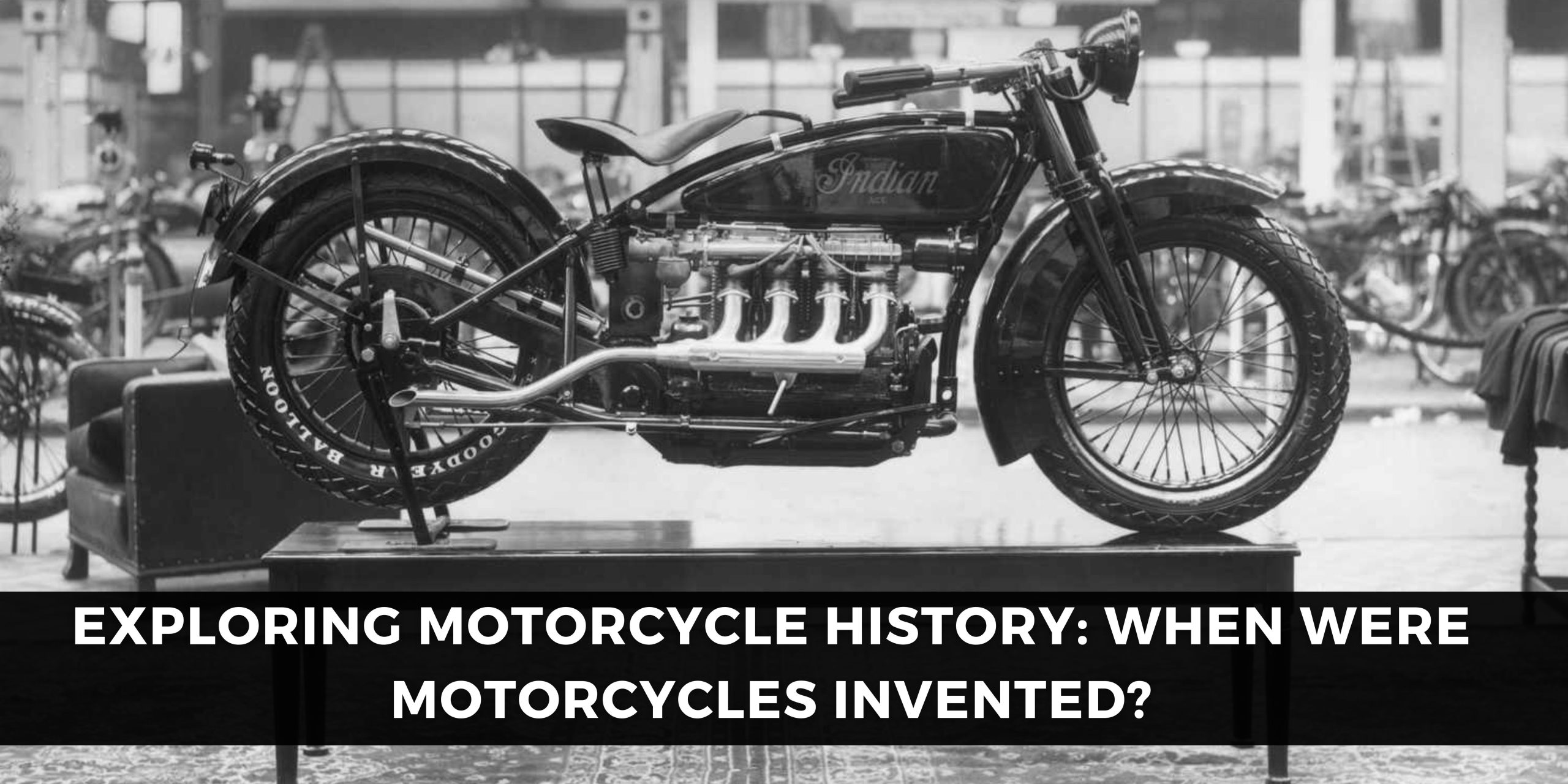The roaring engines, the exhilarating freedom, and the wind in your hair—motorcycles have a rich history dating back over a century. Have you ever wondered when these iconic two-wheeled machines first graced the roads? In this blog post, we delve into the captivating journey of motorcycle invention, tracing its origins and evolution through time. Additionally, we’ll explore the essential role of the iconic motorcycle jacket in this thrilling journey.
Early Predecessors: The Birth of a Vision
The origins of the motorcycle can be traced back to the early 19th century when inventors and tinkerers began conceptualizing powered, two-wheeled vehicles. It all began with the invention of the steam-powered bicycle, which laid the groundwork for the mechanical marvels we know today.
Daimler and the Petroleum Rebirth
The true revolution came in 1885 when German engineer Gottlieb Daimler built the first gasoline-powered engine. This invention marked a significant milestone in the world of transportation and became a crucial stepping stone in motorcycle development.
The Late 19th Century: Birth of the Motorcycle
In the late 19th century, several inventors made significant contributions to the development of motorcycles. In 1885, Daimler’s grandnephew, Wilhelm Maybach, designed the first true motorcycle—basically, a wooden bicycle with a small, lightweight engine.
The Motorcycle Jacket: A Symbol of Style and Safety
In parallel with motorcycle development, the motorcycle jacket emerged as a crucial piece of gear. Initially, riders repurposed aviator jackets and military garb for protection. However, as motorcycles gained popularity, specialized jackets designed for riders began to surface. These jackets, often made of leather, offered both style and protection.
The 20th Century: Motorcycle Evolution Takes Flight
The 20th century witnessed a flurry of innovations, shaping the modern motorcycle we know today. Key milestones include the introduction of Harley-Davidson in 1903, which popularized the cruiser style, and the birth of Indian Motorcycle Company in 1901, adding to the American motorcycling landscape.
World Wars and Motorcycle Impact
The World Wars elevated the importance of motorcycles, especially during World War II. Both Allied and Axis powers utilized motorcycles for various military purposes, reinforcing the role of motorcycles in times of conflict and as reliable transportation.
Post-War Boom: Motorcycle Culture Gains Traction
The post-war era saw a surge in motorcycle culture, with the rise of clubs, iconic models, and the start of motorcycle racing. The 1960s and 1970s marked a significant cultural shift, with motorcycles becoming a symbol of counterculture and freedom, as depicted in films like “Easy Rider.”
Present and Beyond: A Glimpse into Modern Motorcycling
Today, motorcycles have evolved into a diverse range of styles, catering to different preferences and purposes—sport bikes, cruisers, touring bikes, and more. Electric motorcycles have also gained traction as sustainability becomes a priority in the automotive industry.
Conclusion: A Timeless Ride
The invention and evolution of motorcycles have transformed the way we perceive transportation, adventure, and freedom. From humble beginnings in the 19th century to the cutting-edge machines of the present, motorcycles continue to captivate and inspire generations of riders worldwide. Accompanying this journey is the iconic motorcycle jacket, a true symbol of style, safety, and the enduring spirit of motorcycling.
For more intriguing tales of innovation, motorcycle culture, and exciting adventures, stay tuned to our blog. Happy riding, and may your journey on two wheels always be thrilling and historic!

